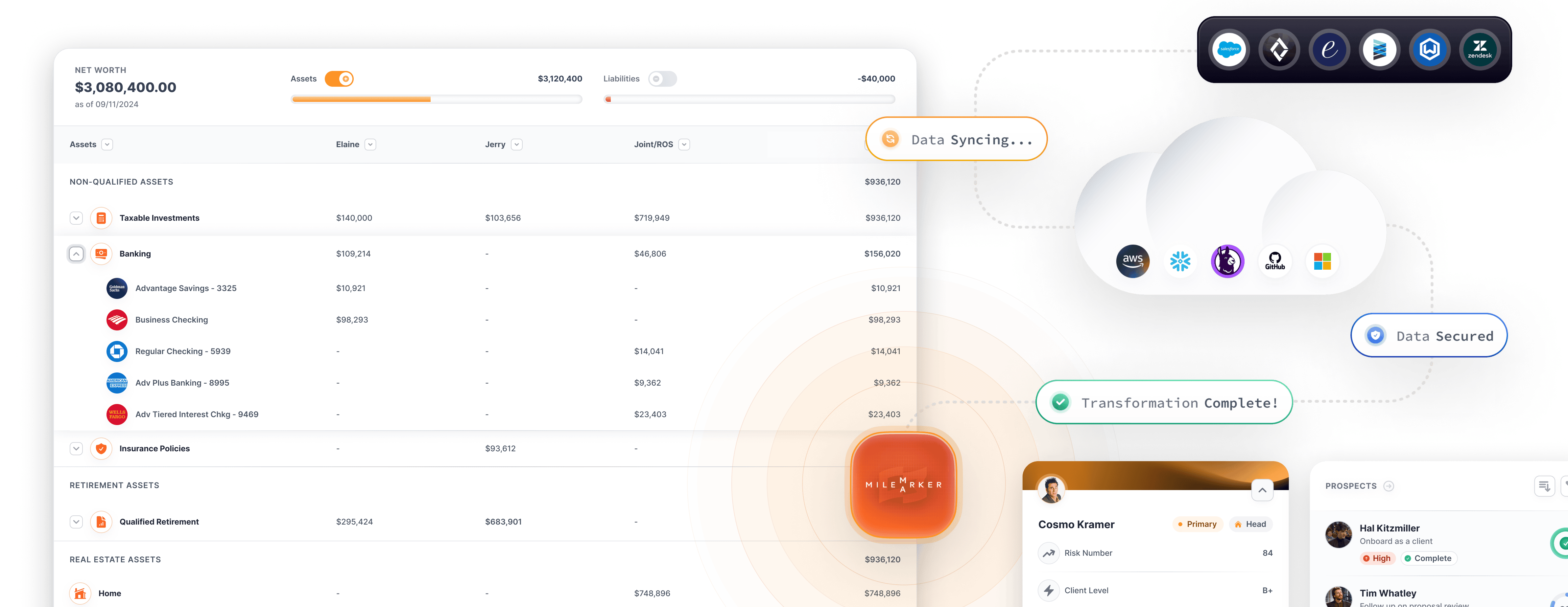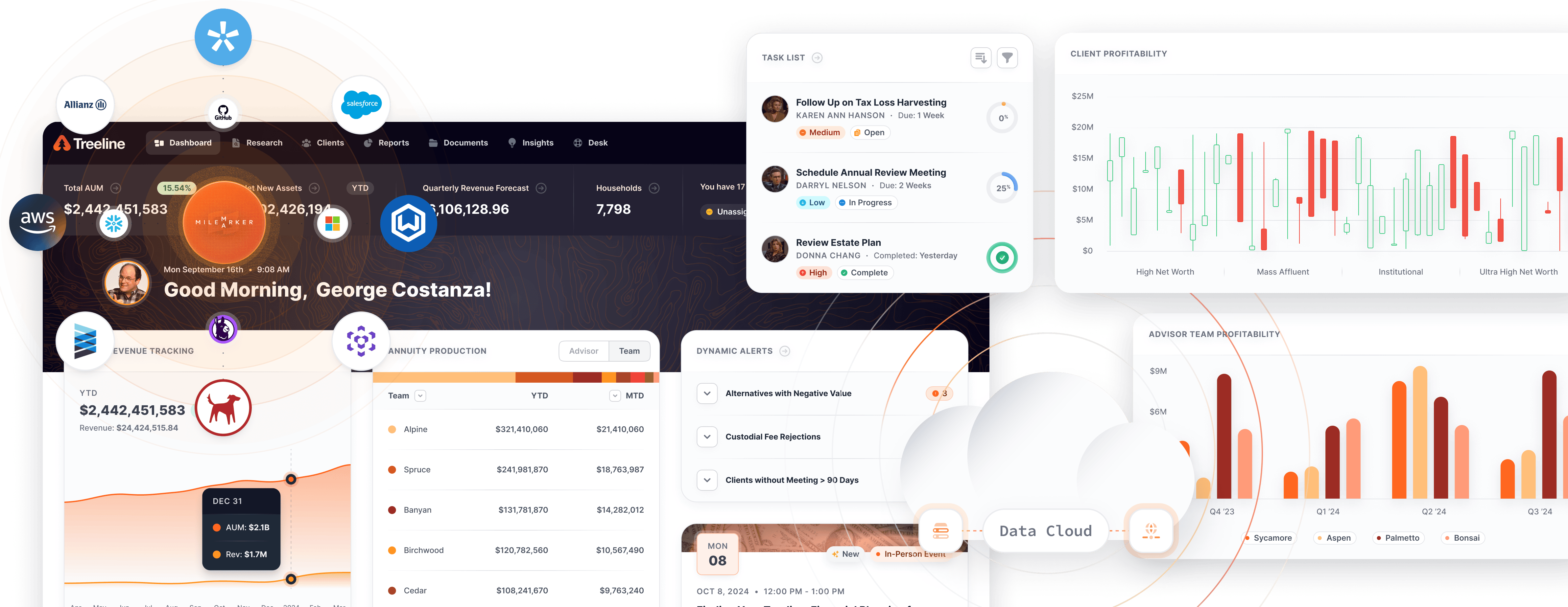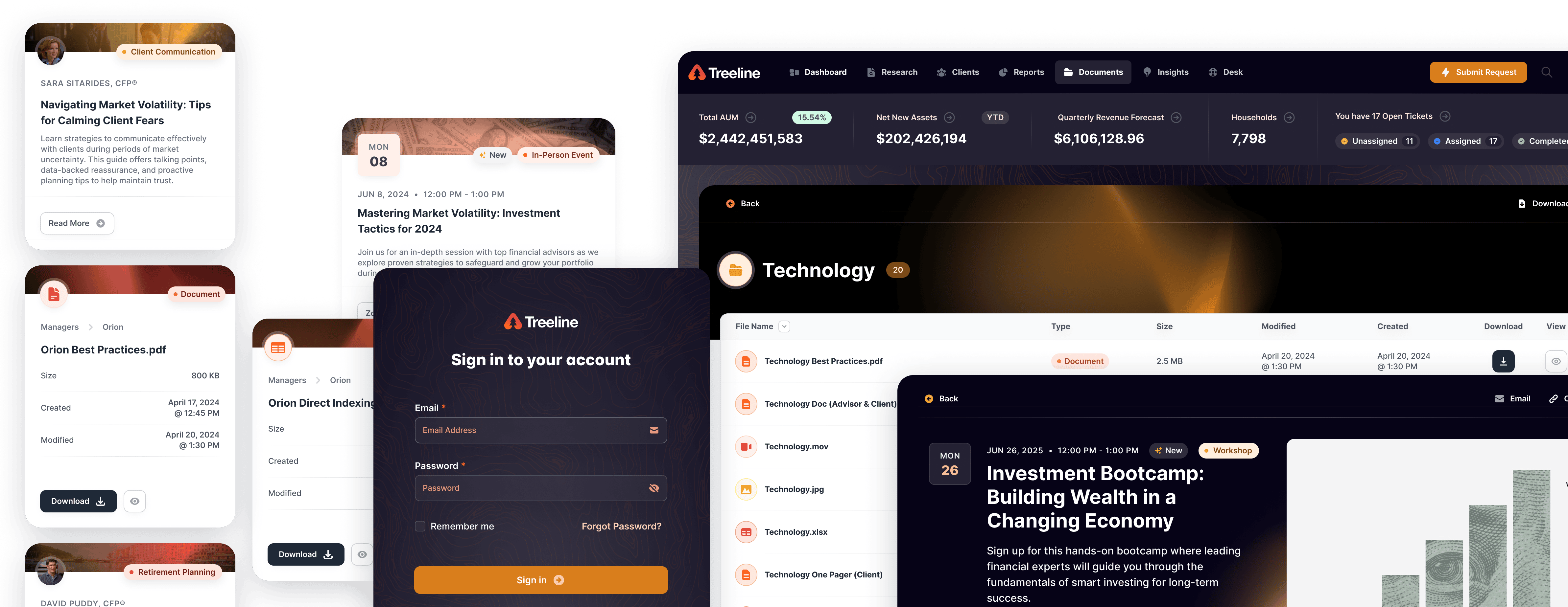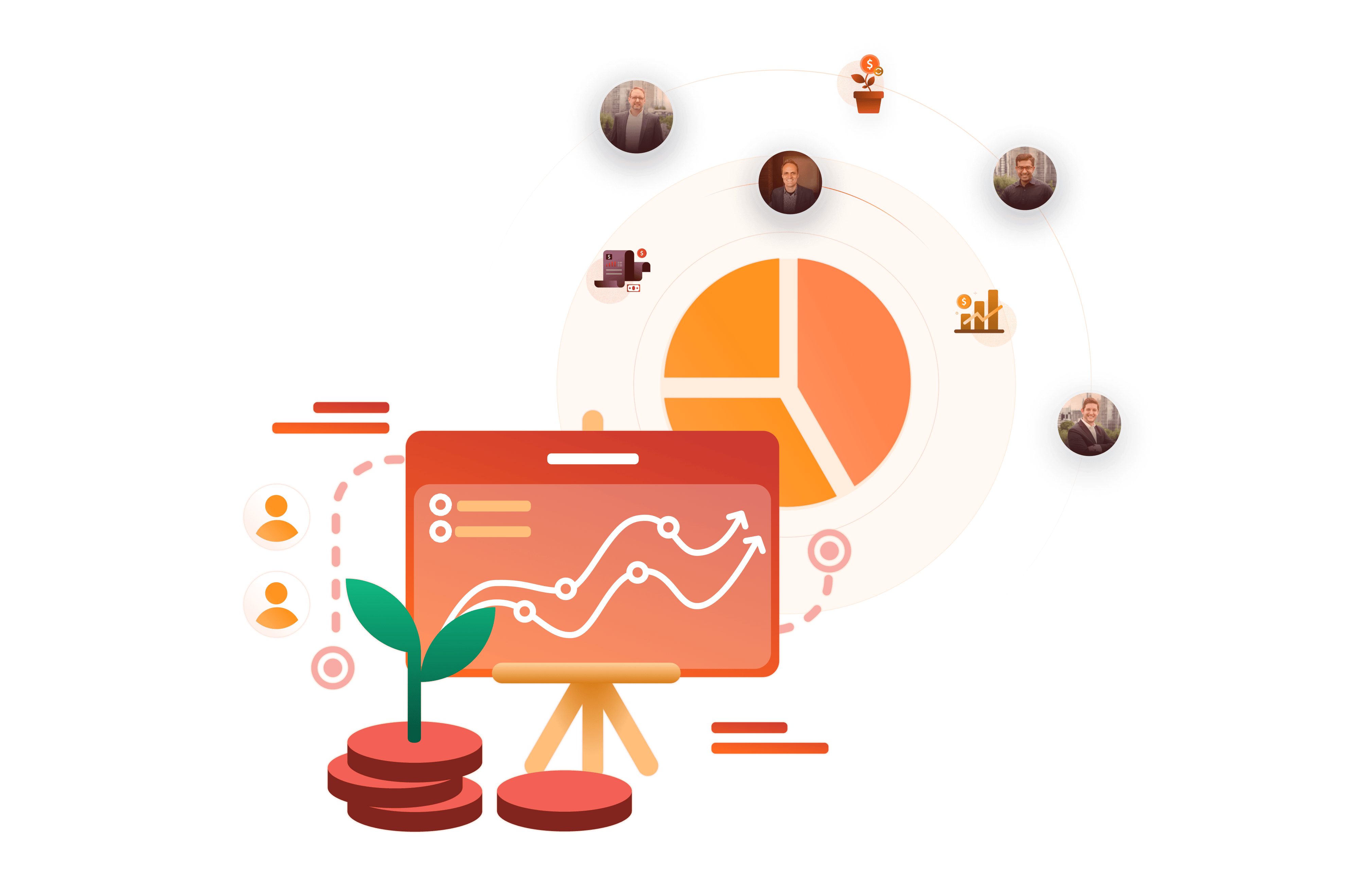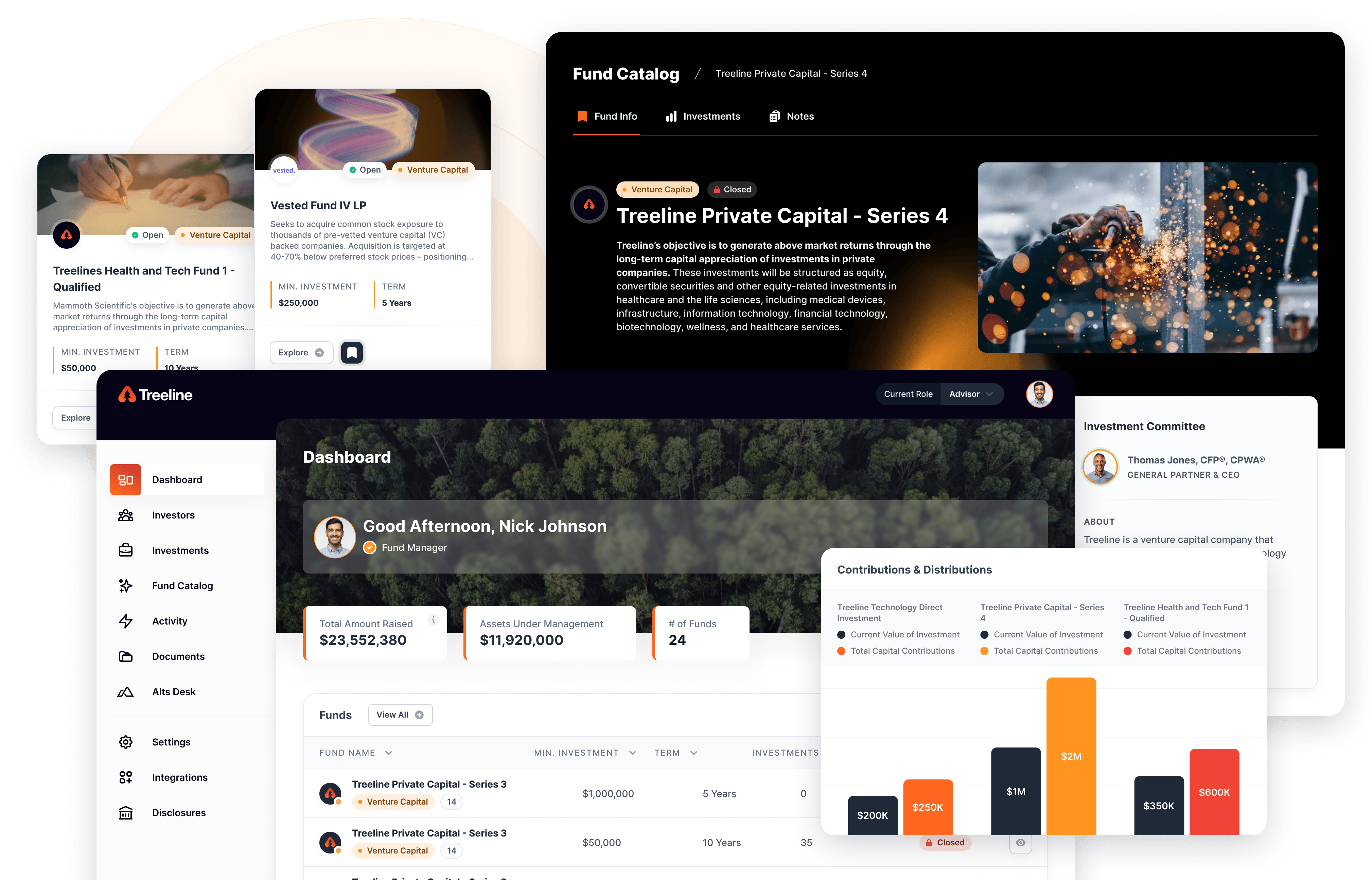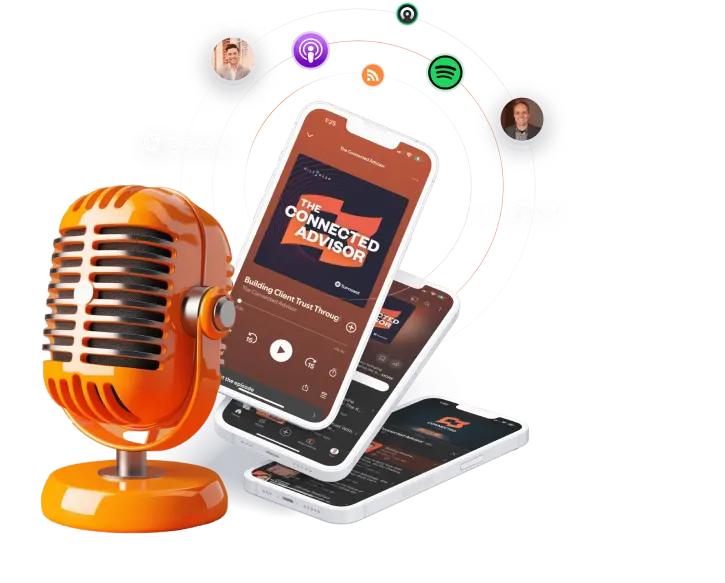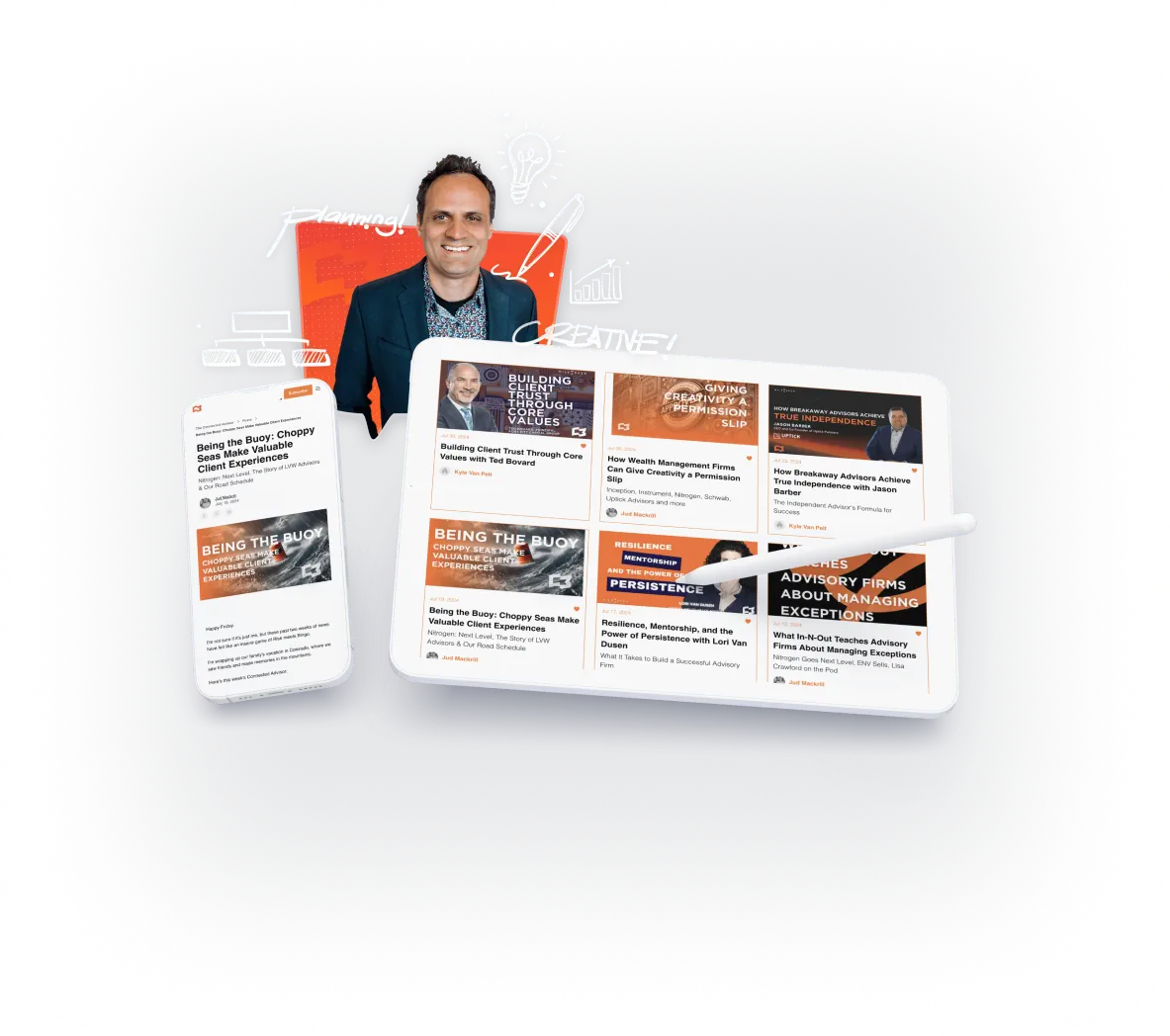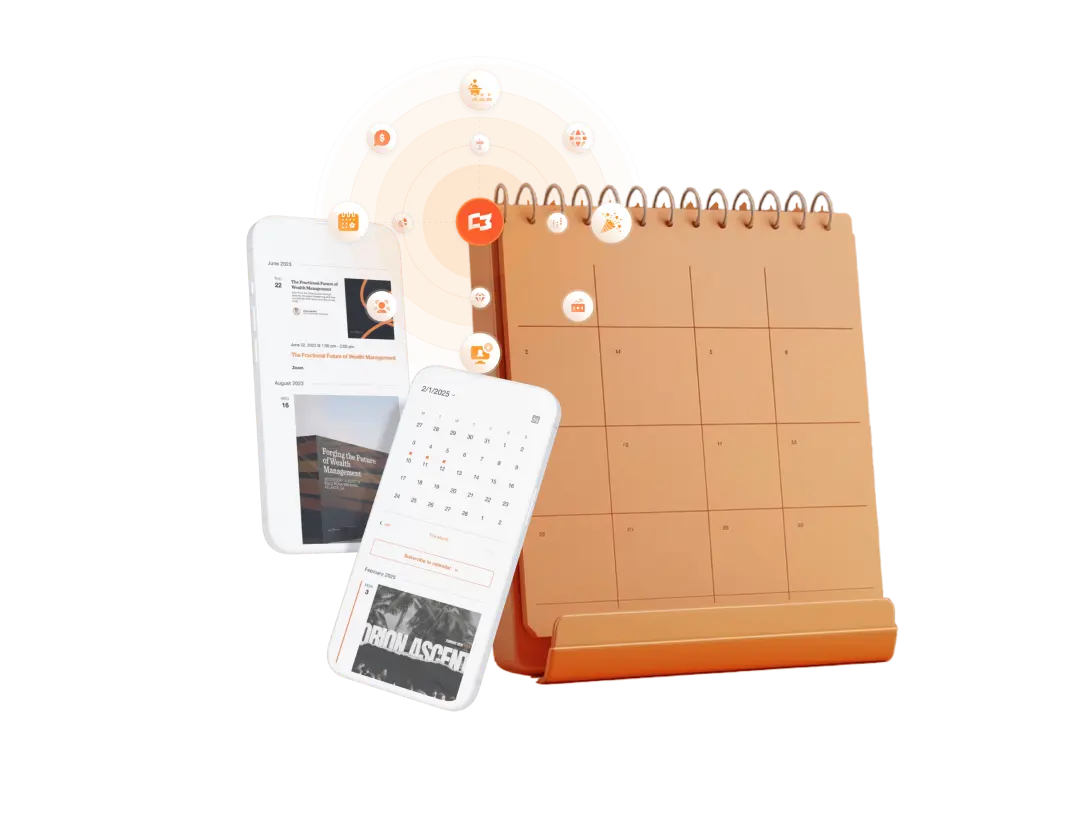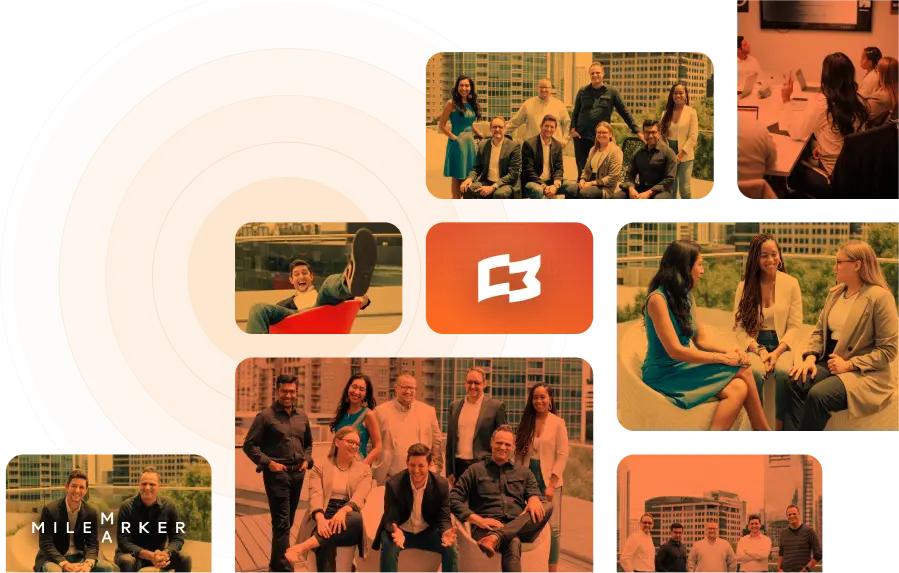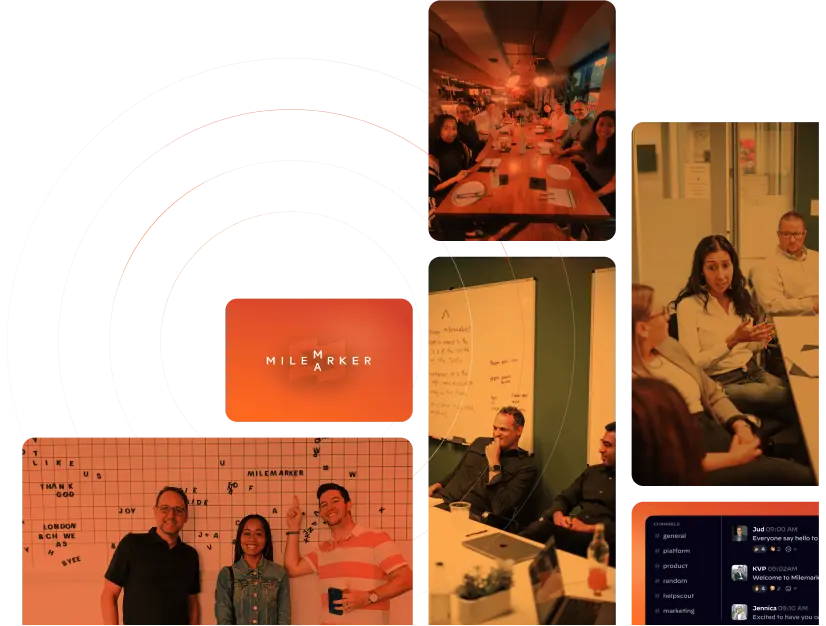For as long as I can remember, my involvement in the financial services industry has revolved around bringing things together.
When I first started, I focused on connecting data feeds from various providers – DST, DAZL, SEI, TD Ameritrade, Schwab, Fidelity, ByAllAccounts, Fidelity 401k, etc.
That work eventually grew into connecting brands, companies, and technologies to start bringing their information together.
Foundational Integration
A decade ago, many integration attempts failed, and APIs in our industry were still few and far between. Engineering was often a bunch of folks who could build things but lacked the process that exists to build software interdependent software.
Github (founded in 2008) felt novel, and no code tools like Zapier (founded in 2011) felt hard to reach.
At Orion, we found integration to be our gateway to market growth. I give all the credit to Eric Clarke, Brad Burgess and Ben Bedell for their persistence in finding a scalable way to integrate with the rest of the industry.
With the launch of their Client Portal, Orion introduced an API-based way to leverage code and bring unique software into Orion.
I helped create an event called Fuse to bring together engineering teams from all the major CRMs, Planning Systems, Estate, Analytics, and Proposal Systems.
The event created a movement that led to a wave of improvement in wealth technology.
Connecting the Synapses
The next wave of connection and integration is rapidly underway. While plenty of wealthtech brands that advisors rely upon have slowed their pace of innovation, the dependency on technology is undeniable.
Firms are becoming more proficient, and the organizations that have invested in gaining direct access to their data and harnessing that information to their analytics are finding new levels of insight.
Understanding your business’s ebbs and flows helps you better correct course in real time, rather than waiting until key players are seated together in a boardroom.
Your ability to connect compounds.
At Milemarker, we are excited to help firms gain the ability to connect data and load it into their analytics and applications in an automated fashion. Thankfully, our connectivity is compounding.
We can connect data and move it into your warehouse.
We can also connect data from bespoke systems to your primary software (e.g., CRM data loaded into your portfolio accounting system). This allows each new CRM record to be available in your new account workflow – cutting down on data entry and potential NIGOs.
We can connect data that lives in spreadsheets and bring it to life with automation and your custom logic—delivered exclusively to your specific advisors.
Your connected data doesn’t need to stop there. It needs to live in your workflows and support experience.
It is common to talk with firms with some of their highest-paid team members focused on solving connectivity and jumping through the necessary political and technical hoops.
They likely need to write Python scripts and configure data warehouses with custom ETL jobs to manage them. And they need to do it security.
There are lots of firms doing this but very few are making rapid progress in this area because its’s not yet a core competency.
For Milemarker, our expertise and experience has compounded.
After years of diligent progress on top of our careers leading Riskalyze/Nitrogen, SS&C, Skience, and Orion – firms can connect data rapidly and experience movement and compounding progress in days or weeks vs months and years.
Our team is busy preparing to launch our next generation of technology, and we’d love to chat with you and your team if you’d like to start compounding.
How is your technology compounding for you?
Is it becoming more of an asset? Let me know.


